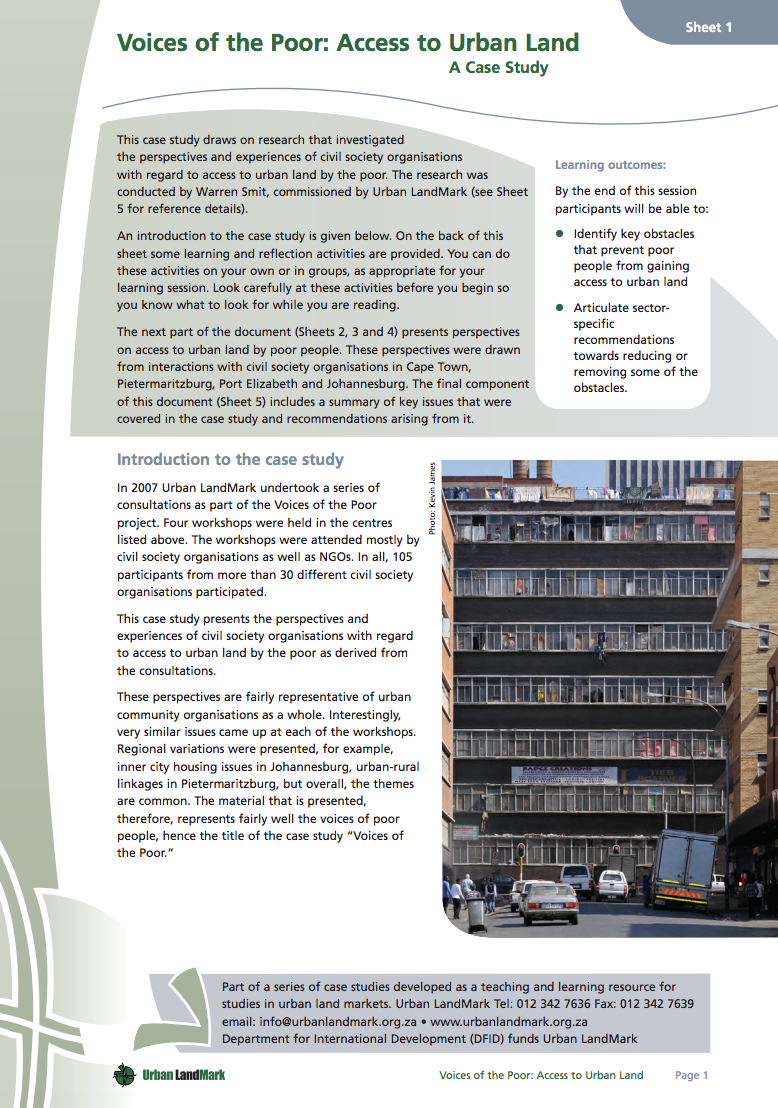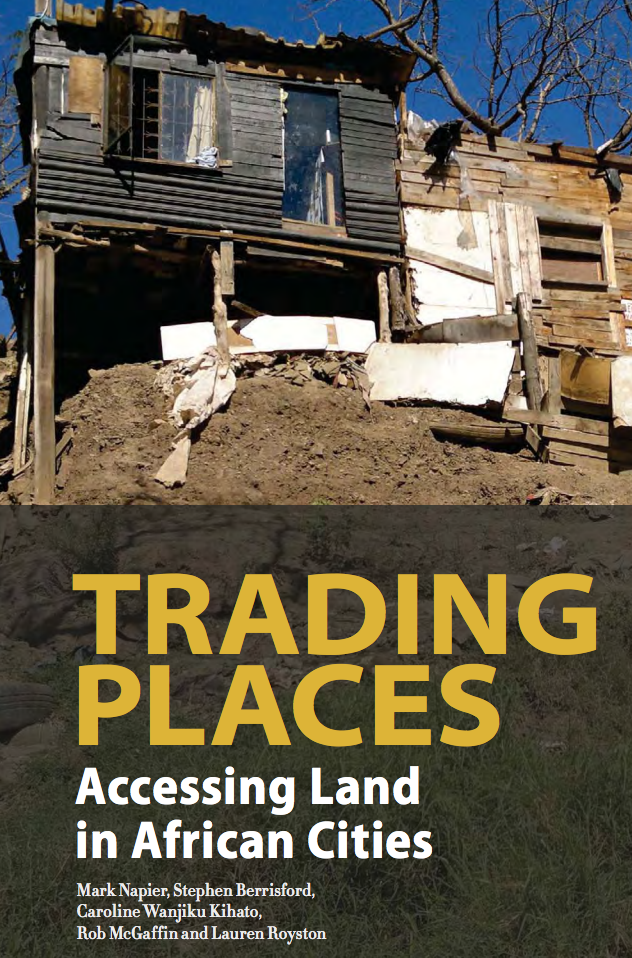La ciudad intermedia neoliberal y sus desafíos políticos pos-terremoto
Los authores del documento intentan reflexionar sobre la importancia de la ciudad intermedia en el Chile de hoy, las tensiones que vive en el contexto de treinta años de transformaciones neoliberales en el país, y los efectos del reciente terremoto del 27 de febrero. Indaga en la relación entre ciudad y política, y en la capacidad actual de esta última para construir proyectos alternativos de desarrollo.








